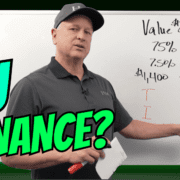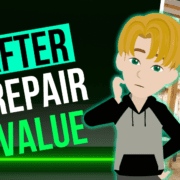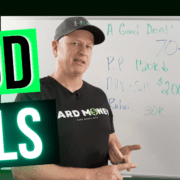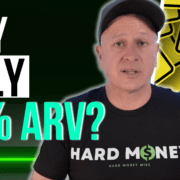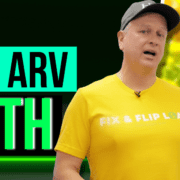Hard Money: Why You Have Nothing To Fear
Hard Money: Why You Have Nothing To Fear
Today we are going to discuss why you have nothing to fear when it comes to using hard money. Many believe that hard money lenders are loan sharks who are waiting to take their property from them. However, this could not be further from the truth! Hard money is there for the right investor and for the right property. It can help investors out when other lending options are not meeting their needs. No need to fear! Let’s take a closer look!
What is hard money?
Hard money is based on a hard asset and is not typically based on your income or credit. There is no need to fit into a box either. Hard money is an excellent choice because it may be in a second, third, or even a cross lien on the property. Don’t let the misconceptions prevent you from taking advantage of one of the most flexible lending options available! Just to clarify, a hard money loan is typically referred to as a bridge loan. A bridge loan is a short term loan that is used to quickly get you from where you are to where you’re going quickly. Normally these loans can range from 3 to 12 months.
Flexibility at a better rate!
In many instances, a hard money loan will have a better rate than a traditional loan. This is due to the fact that there is little competition for us as hard money lenders. There are very few people who do this, and there are more people who are looking for hard money. All of the lenders want in return is their money back and the interest on the borrowed amount. Do you need a loan that will fit your unique needs? Hard money loans will provide you not only the flexibility to meet your unique needs, but a better rate as well.
Protection for the investor and the lender.
One of our main goals is to make sure that everyone is protected throughout the process when providing a hard money loan. This includes having loan docs, liens, and everything in between to ensure that it is all written out correctly. Here at Hard Money Mike we also make sure that there is a third party involved in the process. In doing so, it will not only protect the customer, but the lender as well.
Hard money vs traditional loans.
A traditional loan looks at three factors when investors apply for a loan. These factors include credit score, loan to value, and income. Let’s take a closer look.
Credit Score:
In regards to traditional lenders, if you don’t have a good credit score, you are kicked out. Hard money on the hand doesn’t take into consideration your credit score. Instead, they look at your credit to make sure that you are paying off your debt in a timely fashion.
Income:
Hard money lenders are also not concerned about your income or if the property is making money. Instead, their main concern is whether or not you have good security for the loan.
Down Payment:
Another thing we need to take into consideration is the down payment. If you bought a house for $200K, but it is worth $300K, then you got a good deal in the eyes of a hard money lender. Traditional lenders on the other hand are not interested in it being a good deal. They will only lend based on what the property is worth.
Uniqueness:
There are very few lenders who are going to do a second, third, multiple cross liens, or land purchases. Here at Hard Money Mike we call it the 911 credit score. We are giving people a private loan to pay off their credit cards by putting a lien on a property. This in turn allows them to get their credit score up, and can result in a better loan later on.
Getting our money back.
Another thing that we need to take inconsideration is whether or not we will get our money back in a timely manner. We don’t want to be involved in a transaction where someone can’t pay us back. This would unfortunately result in a legal process. Therefore, we want to make sure that we set both of us up for success. Keep in mind that as long as you have a good deal, good property, and a good exit strategy, a hard money loan is the easiest loan to get.
We are here to help!
Hard money loans provide the flexibility you need without having to navigate the rigid criteria of traditional lenders. Contact us today to find out more about hard money and how it can help you get on the path to success.
Watch our most recent video to find out more about Hard Money: Why You Have Nothing To Fear.


